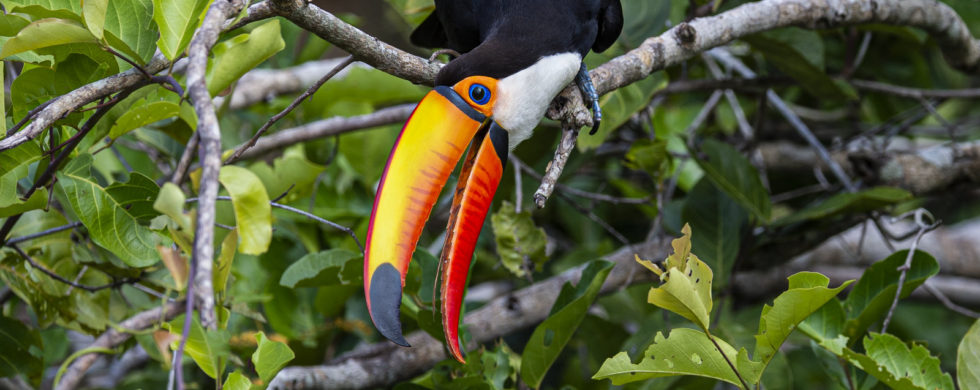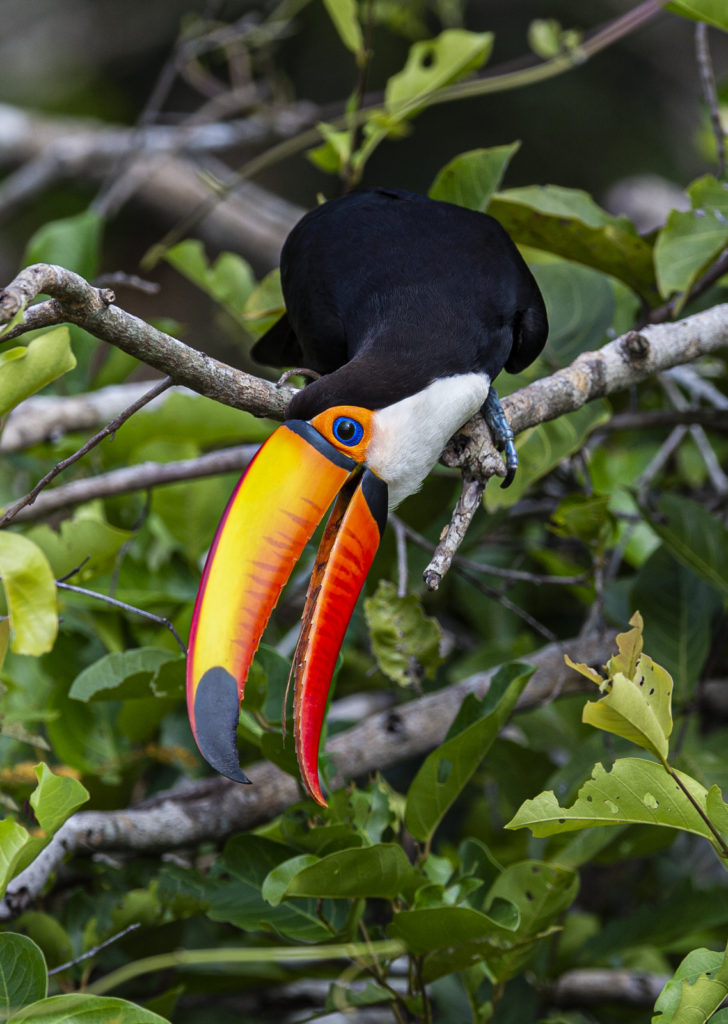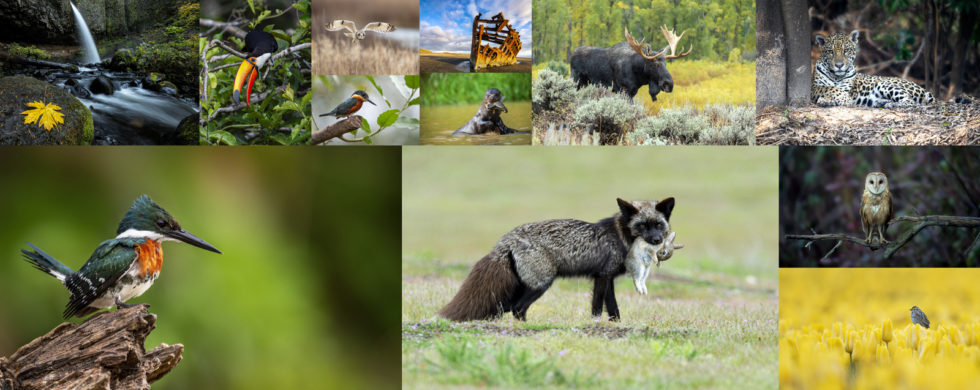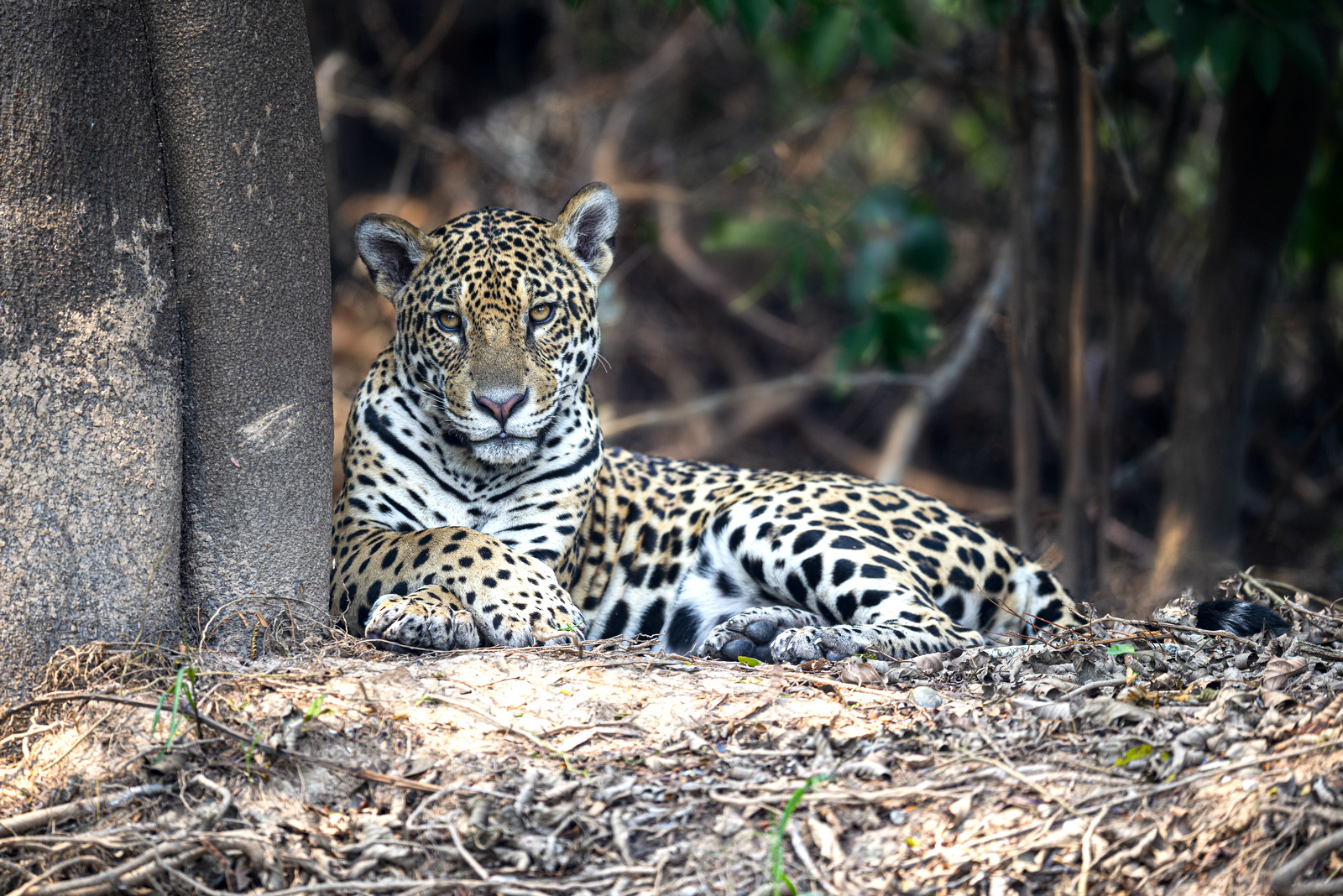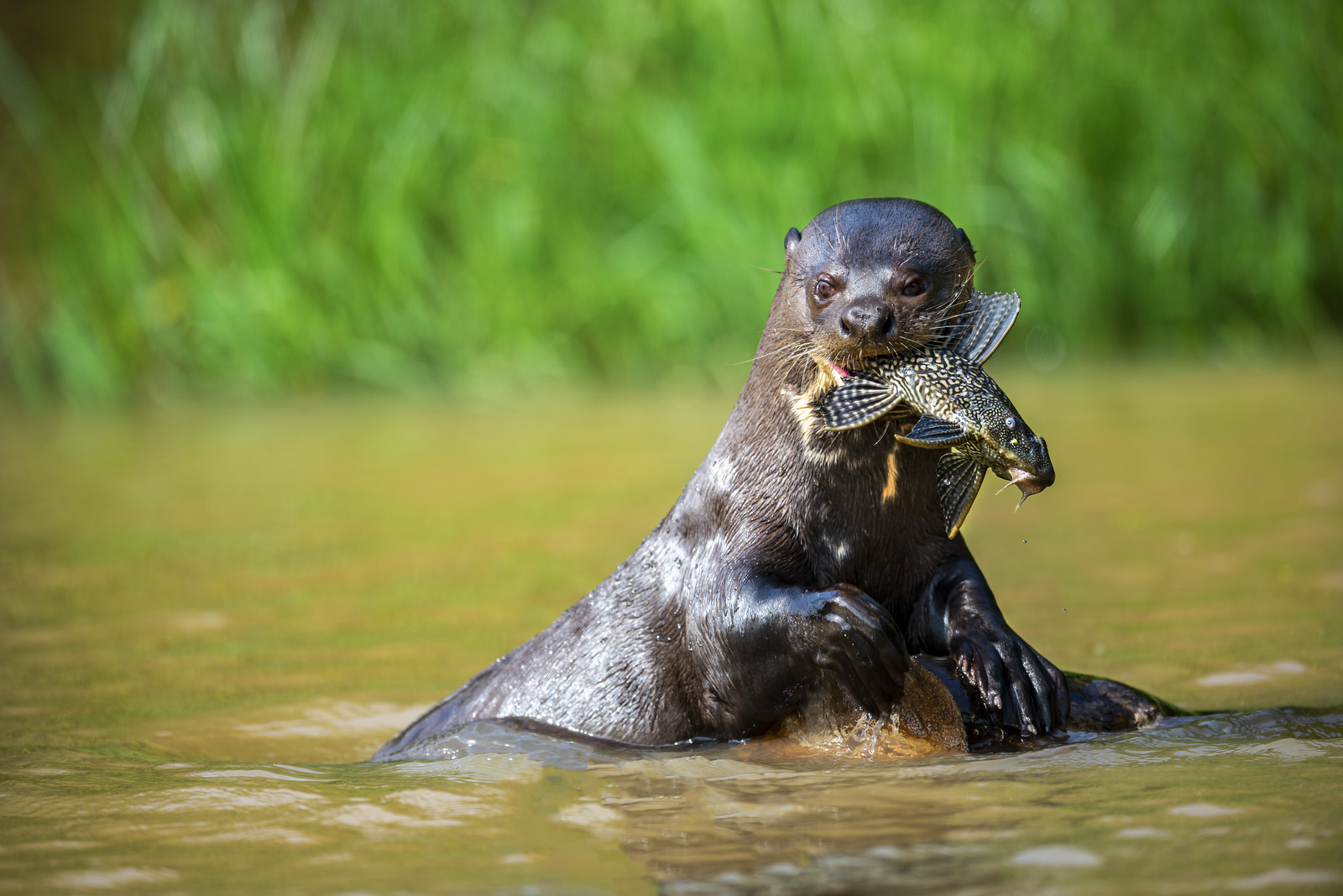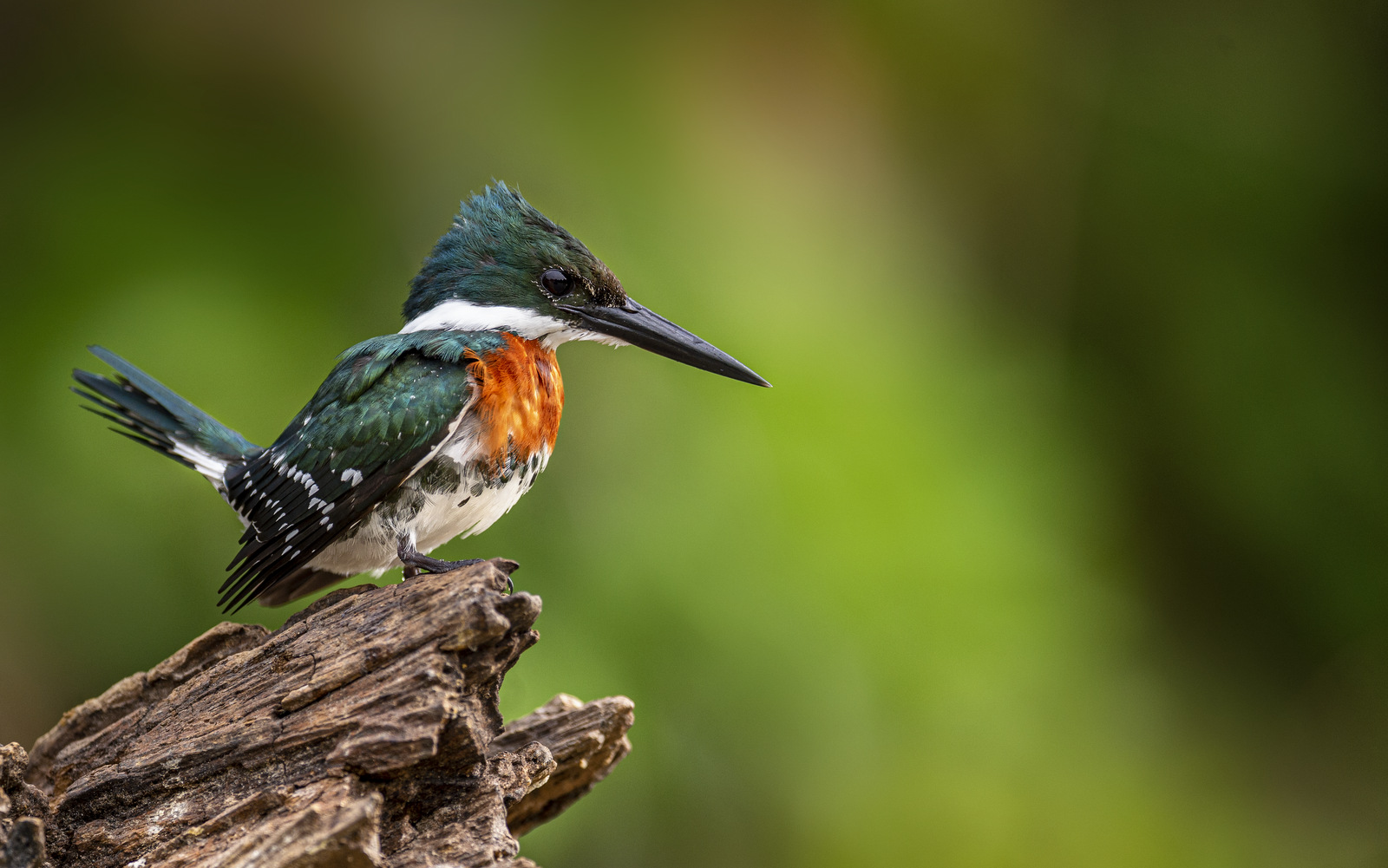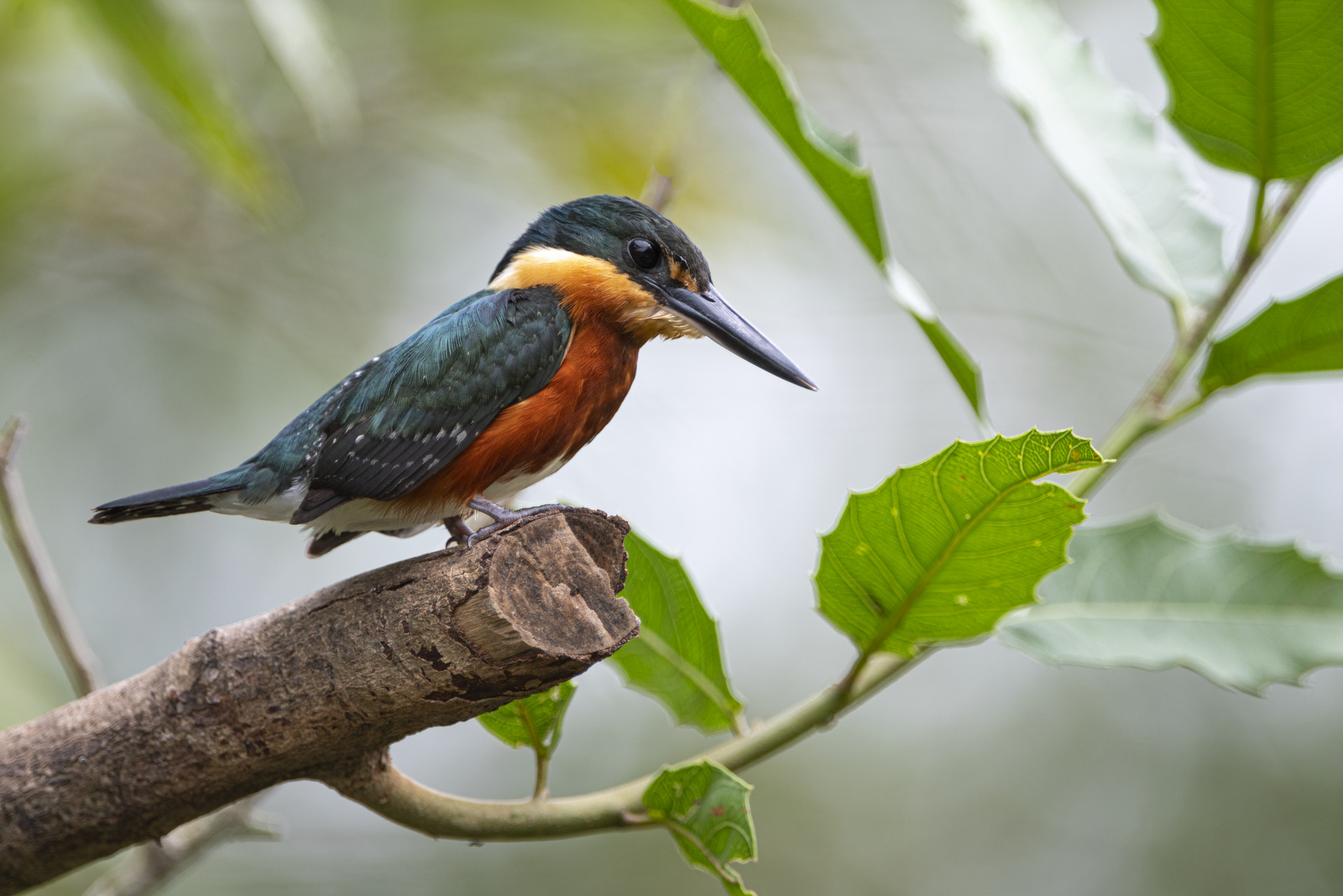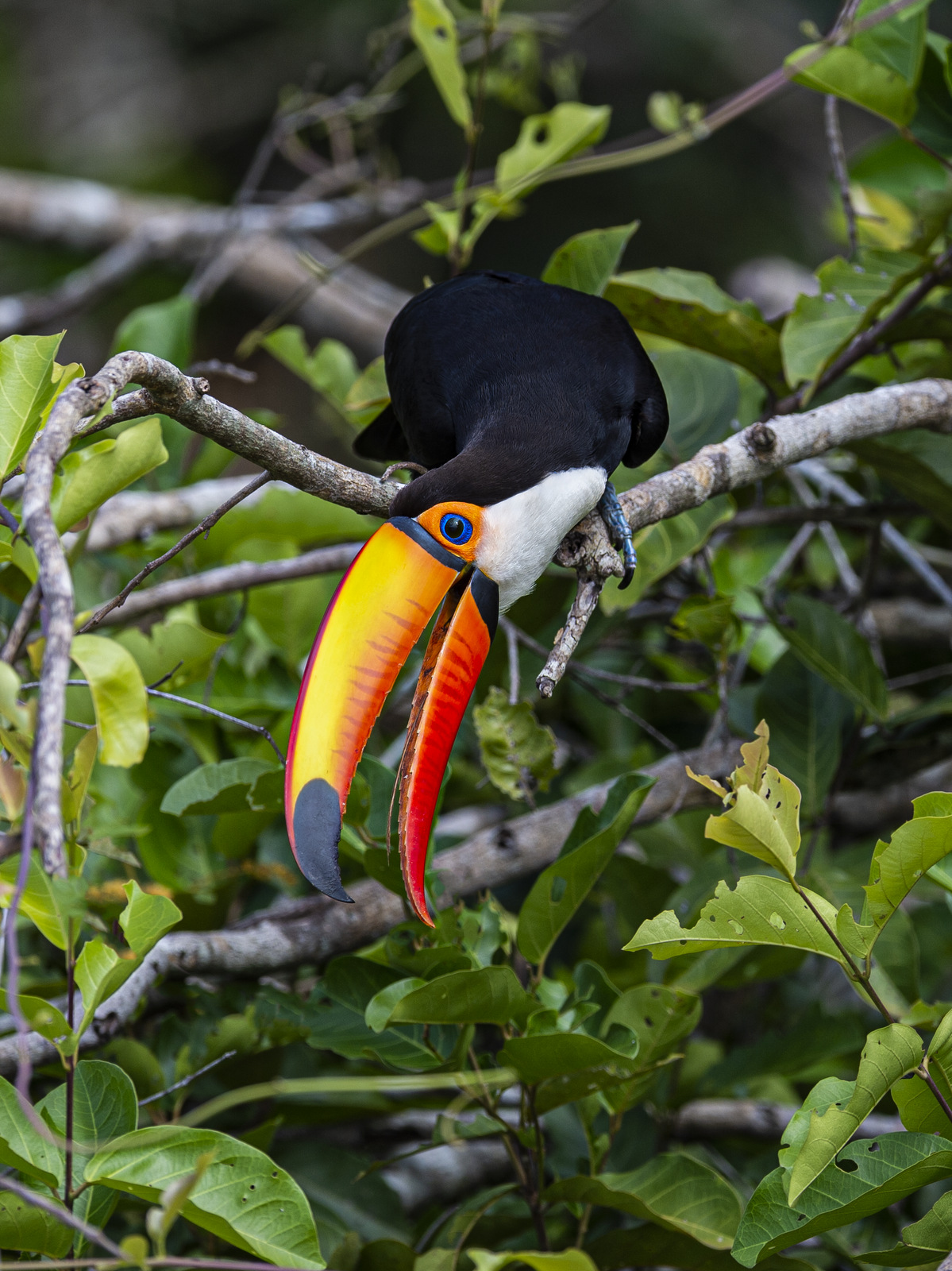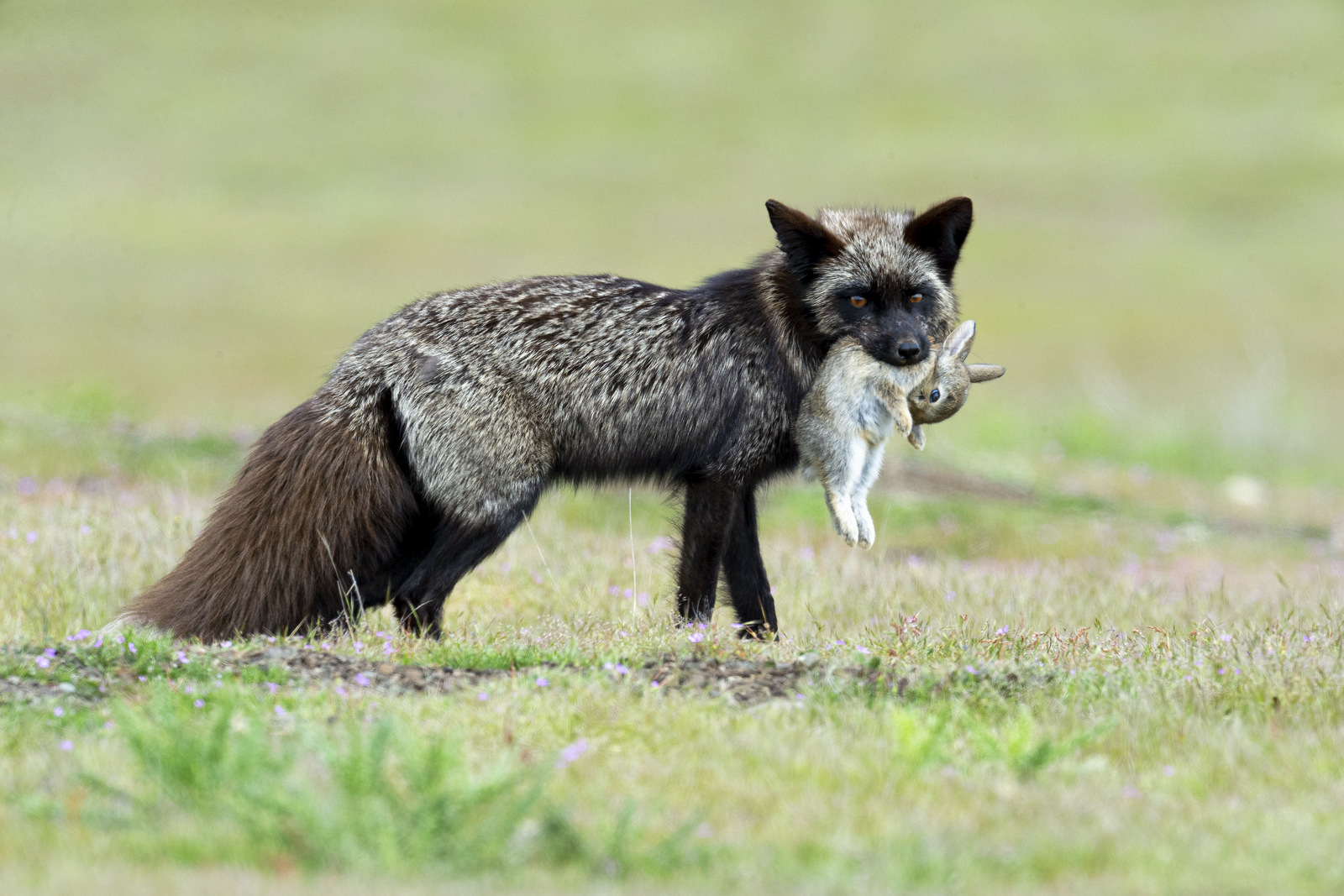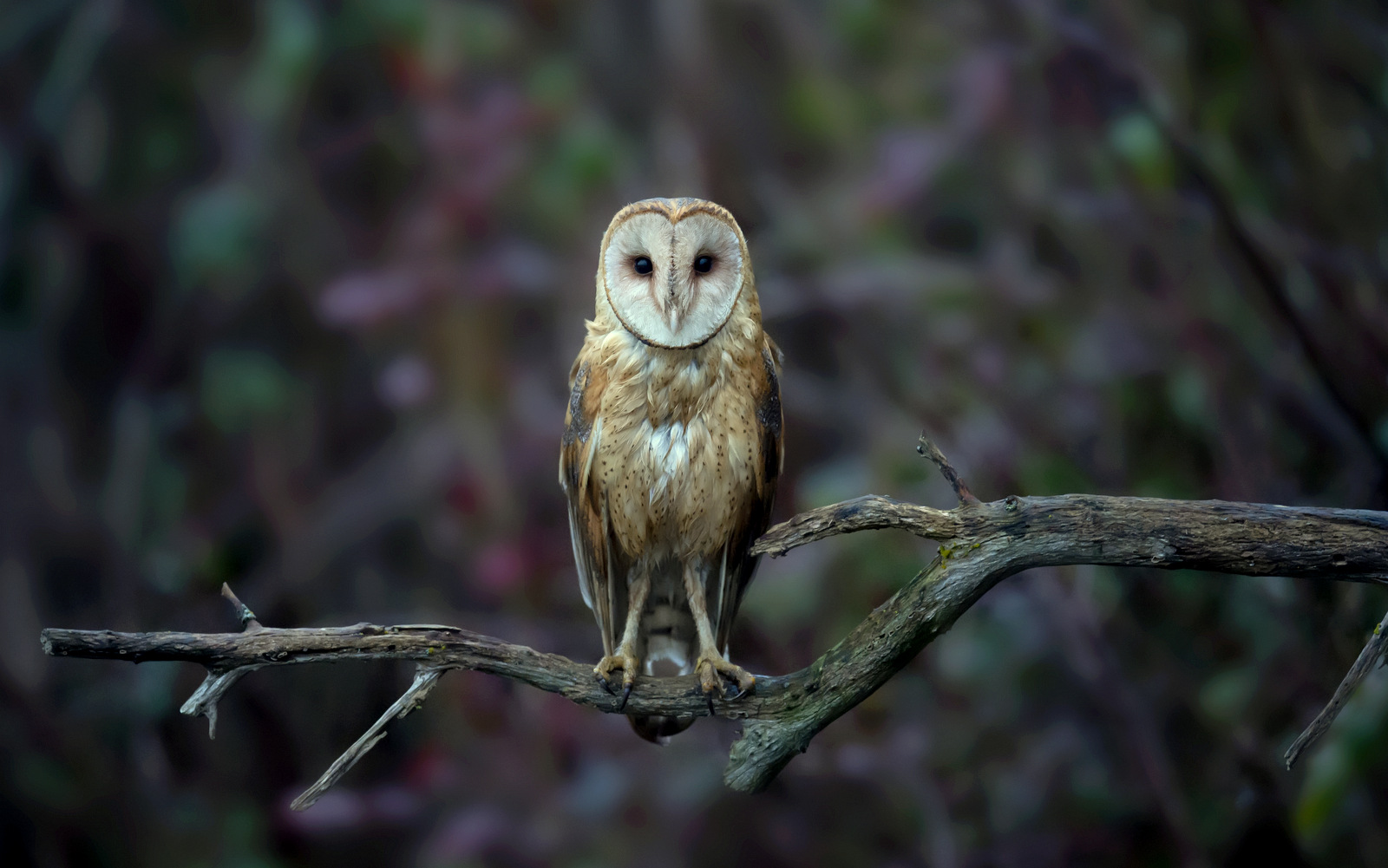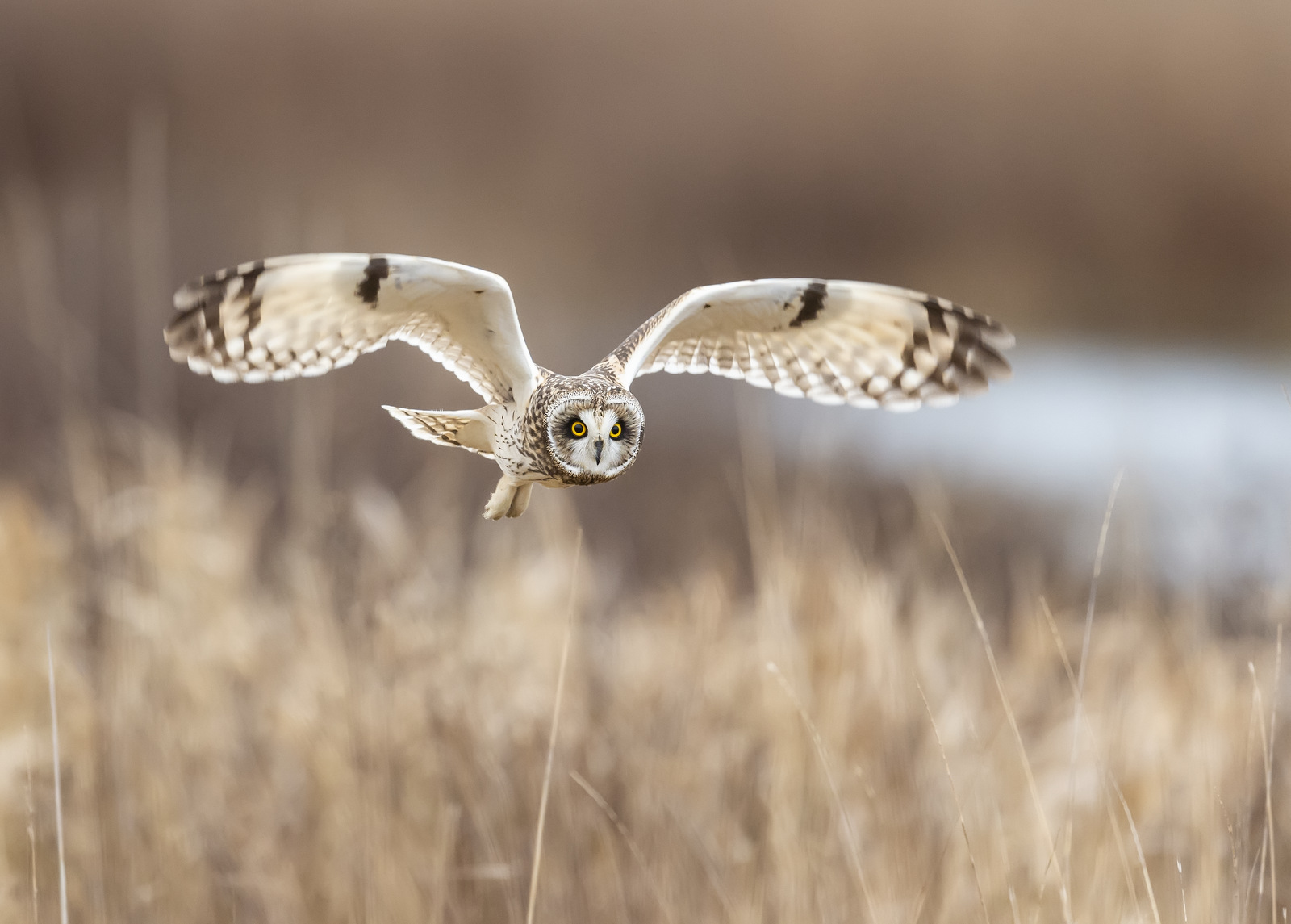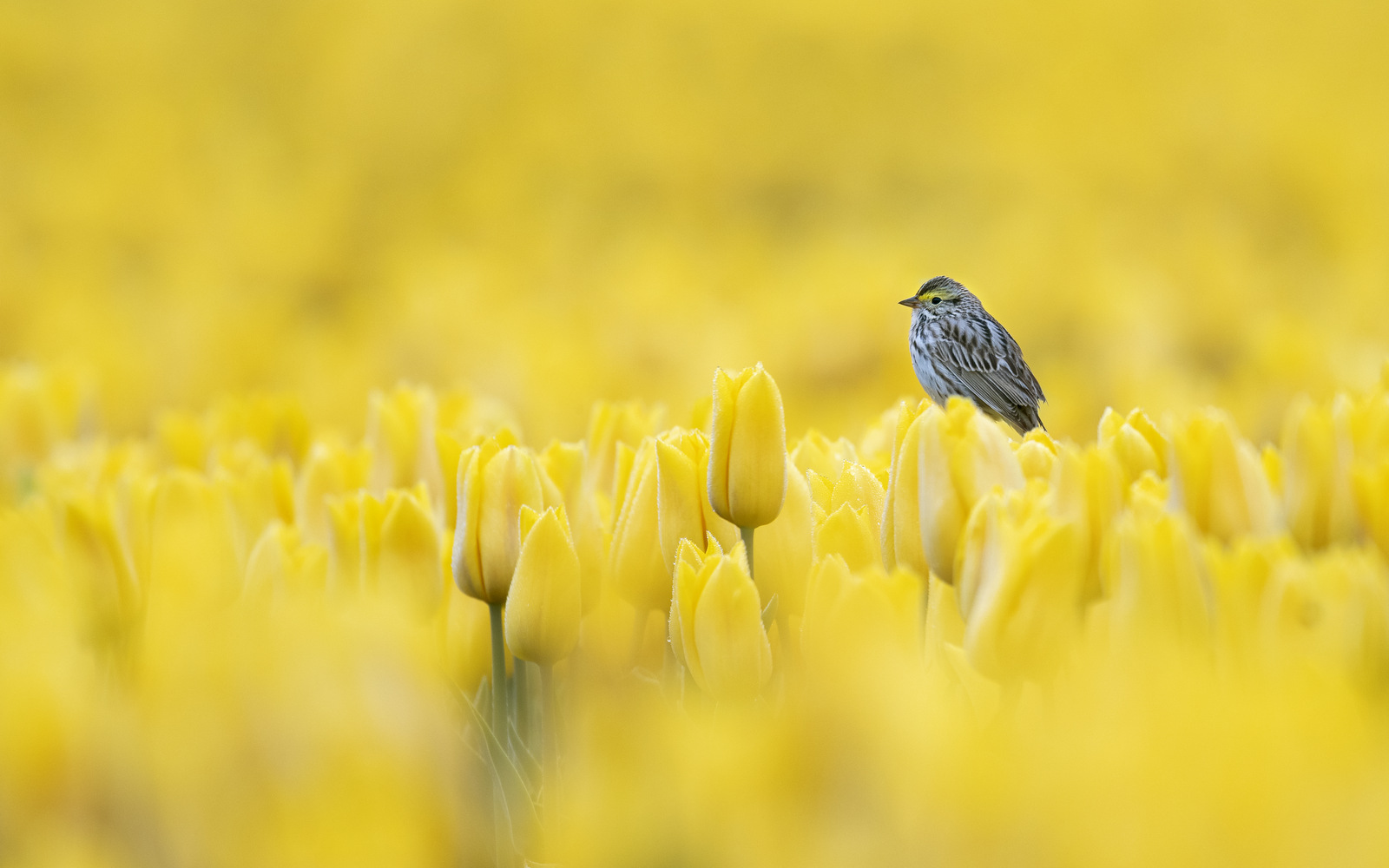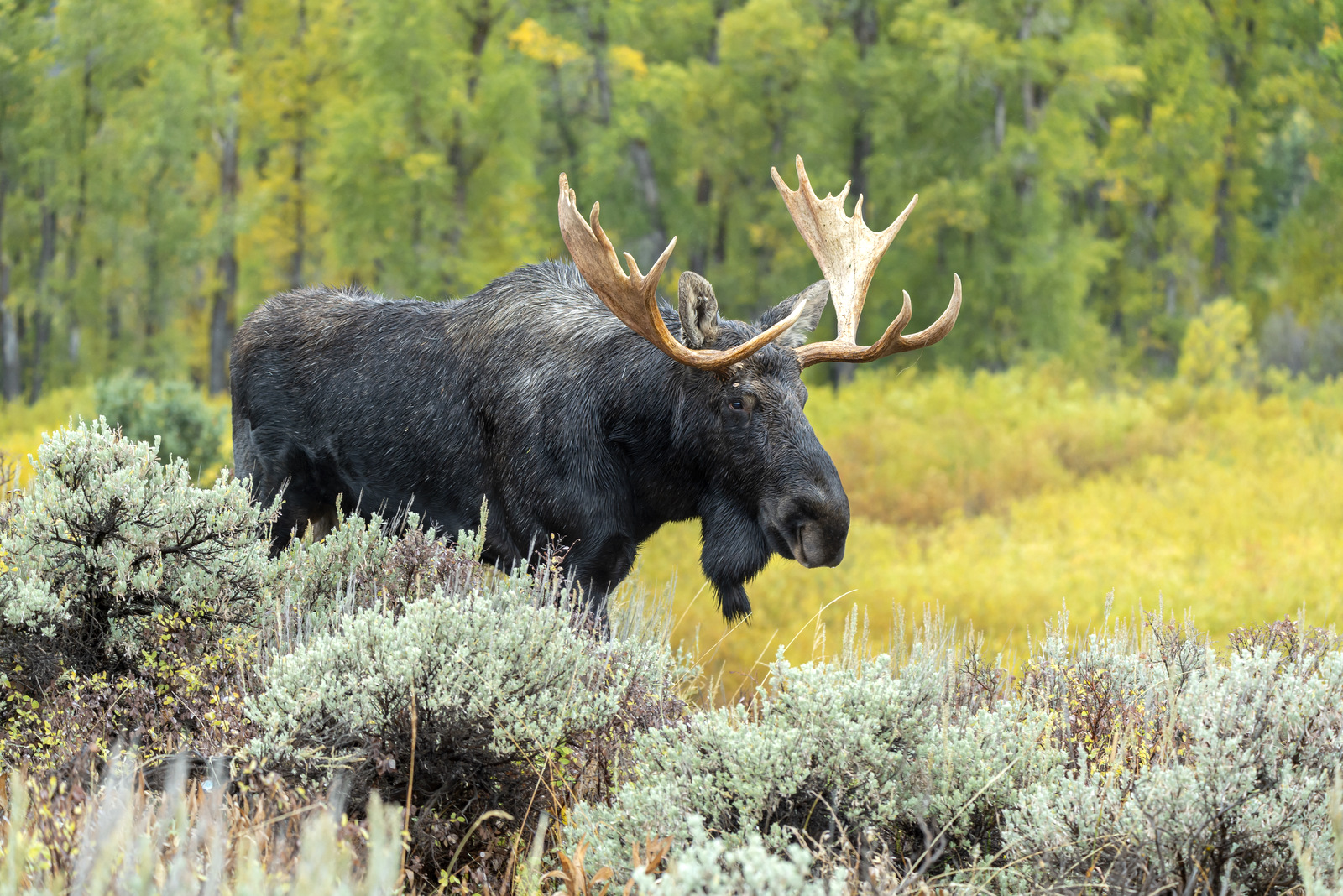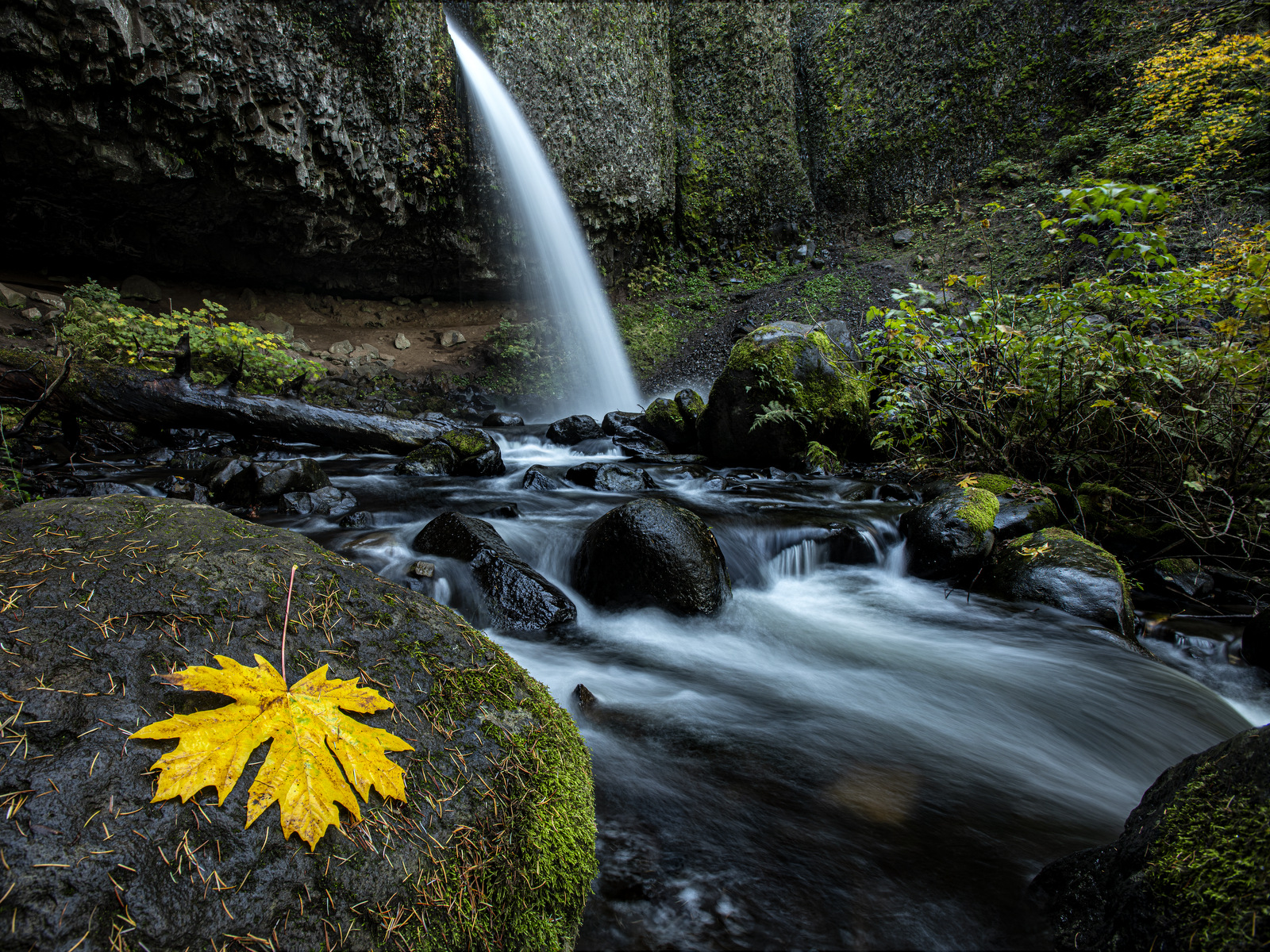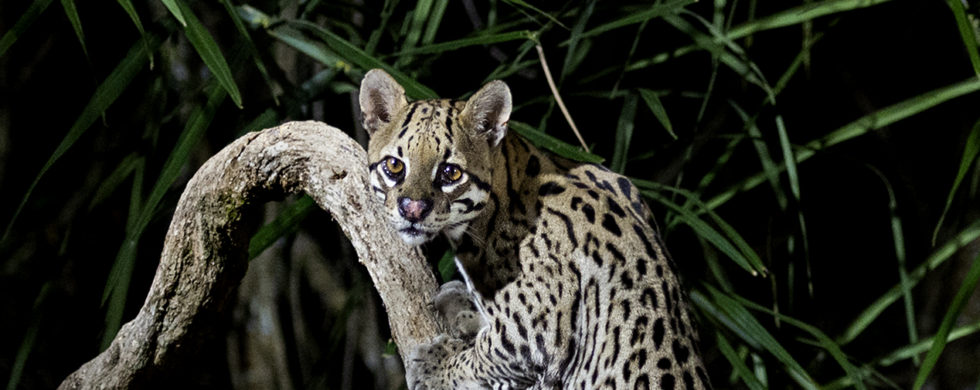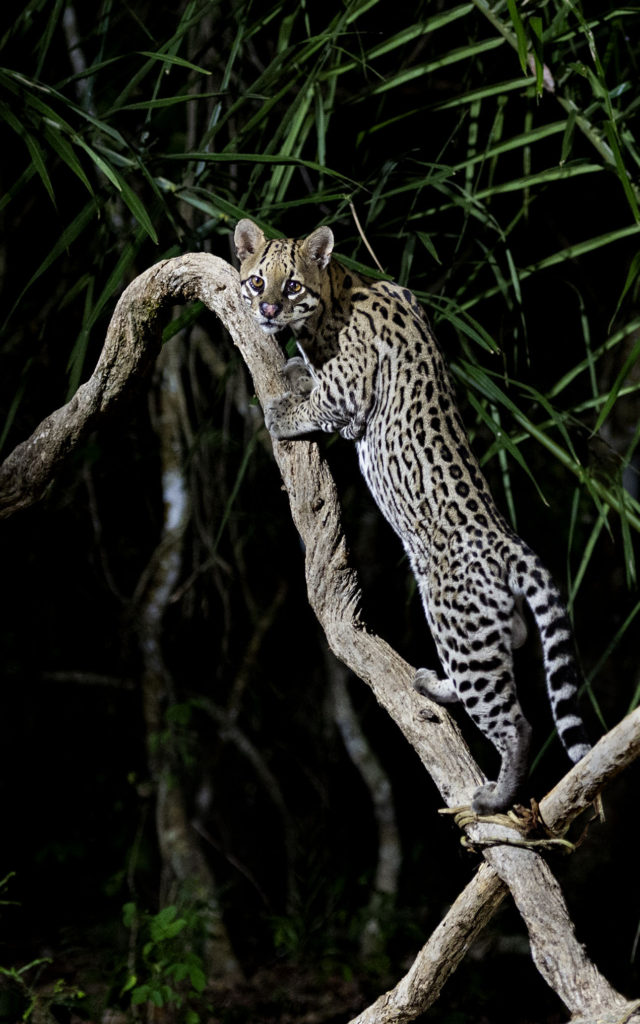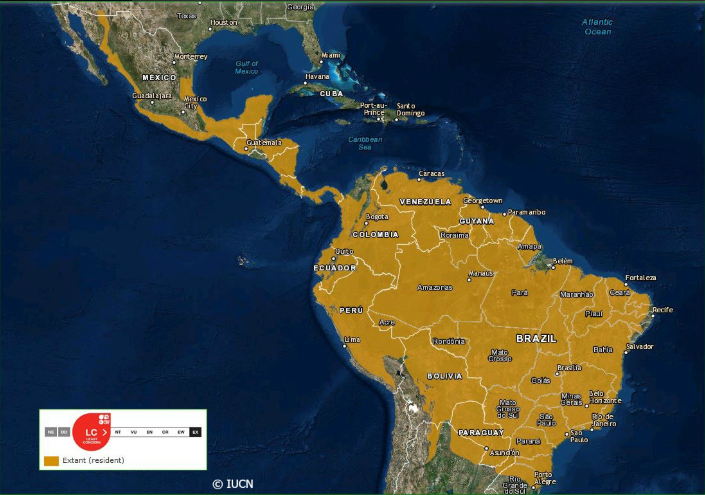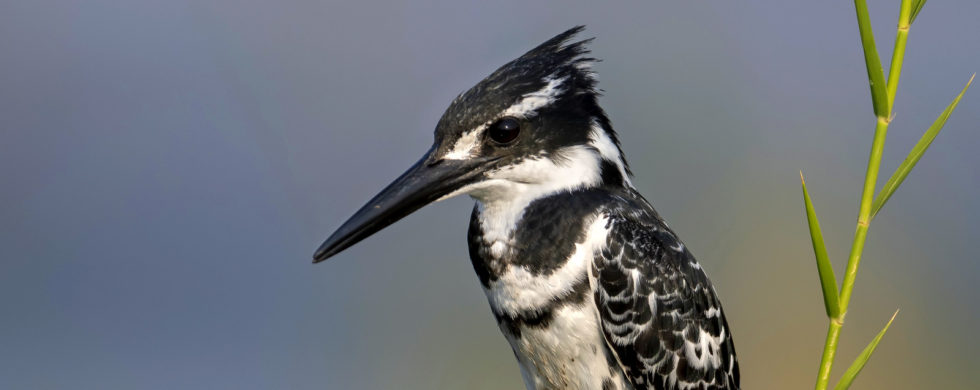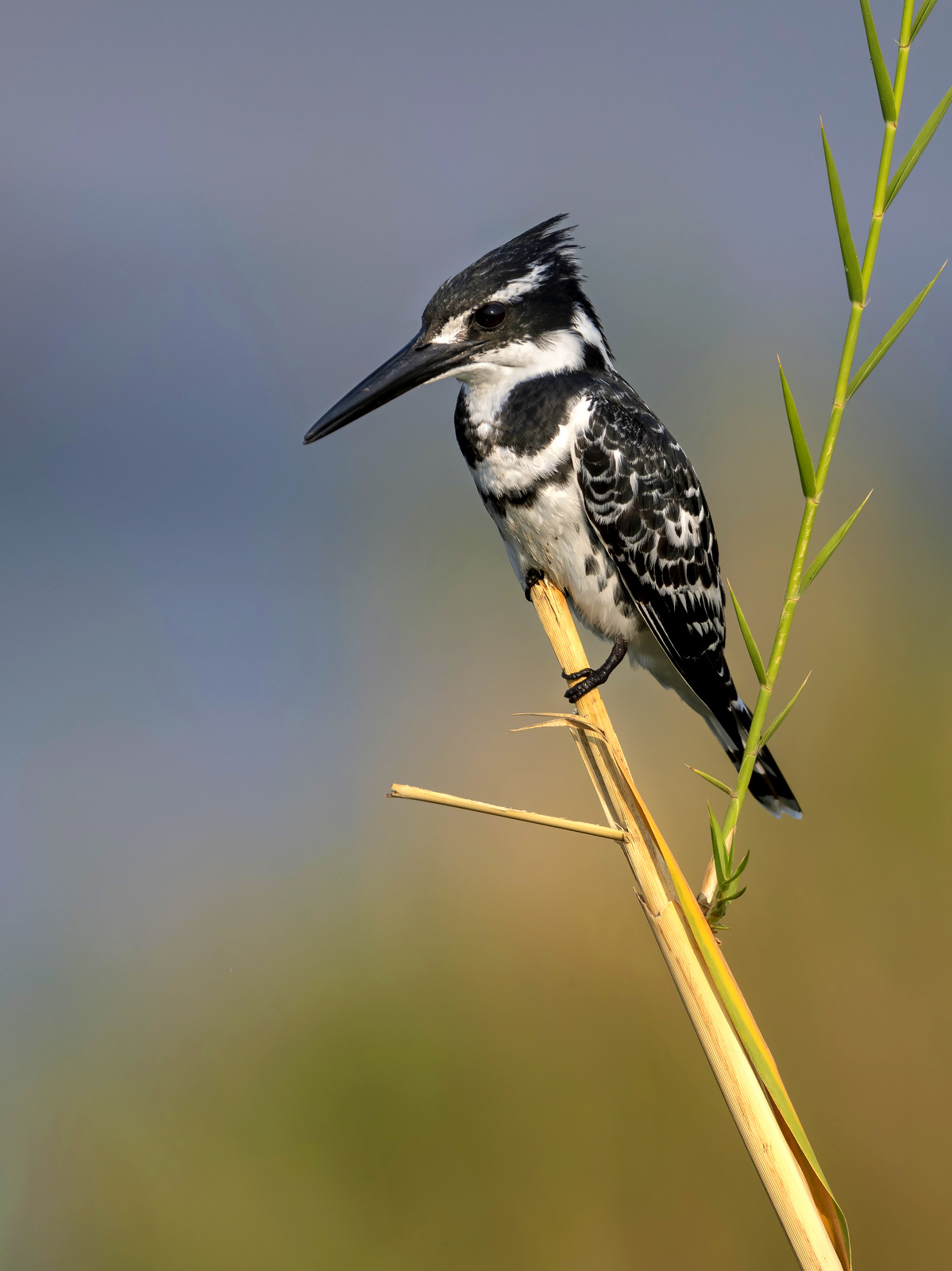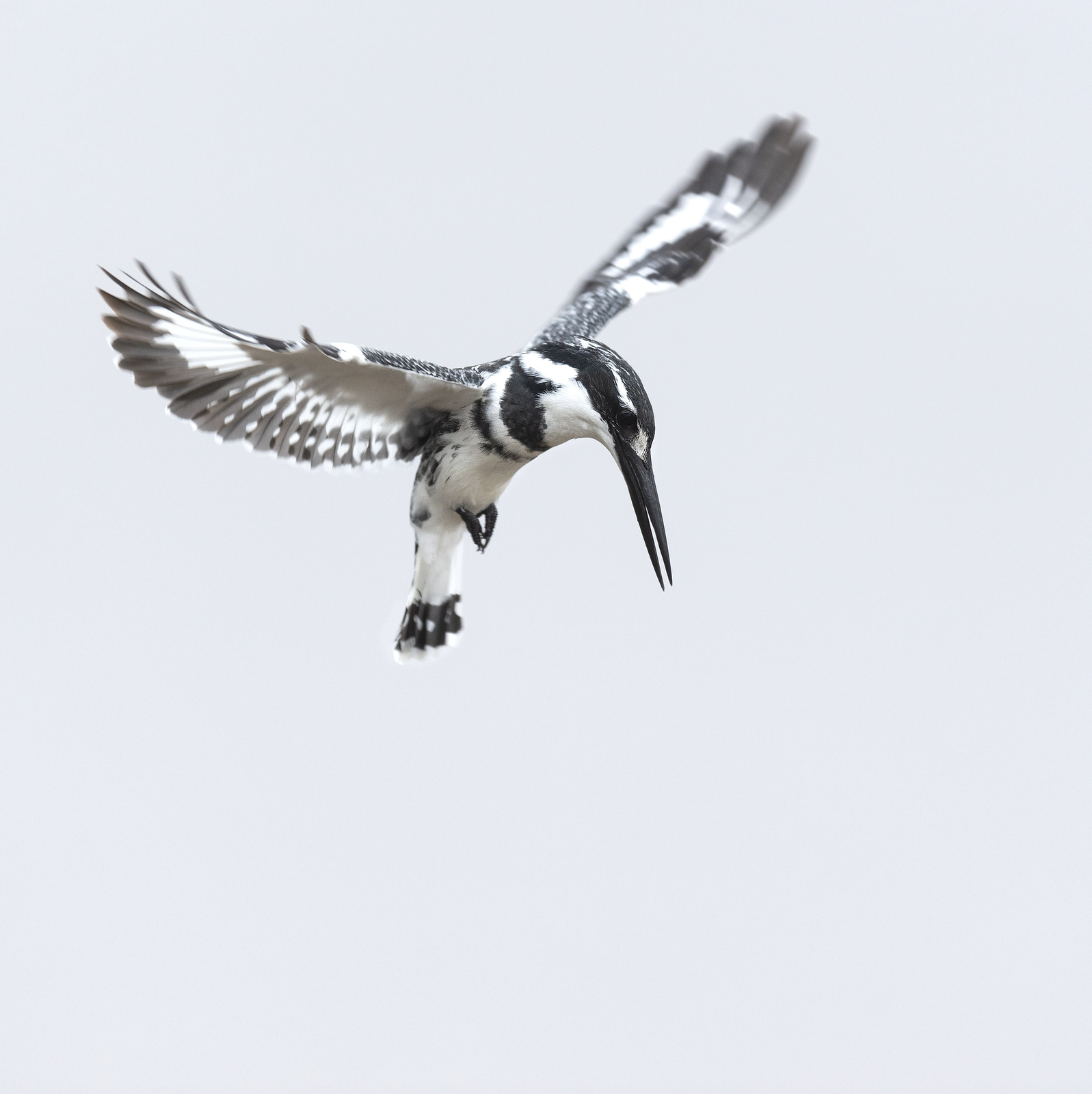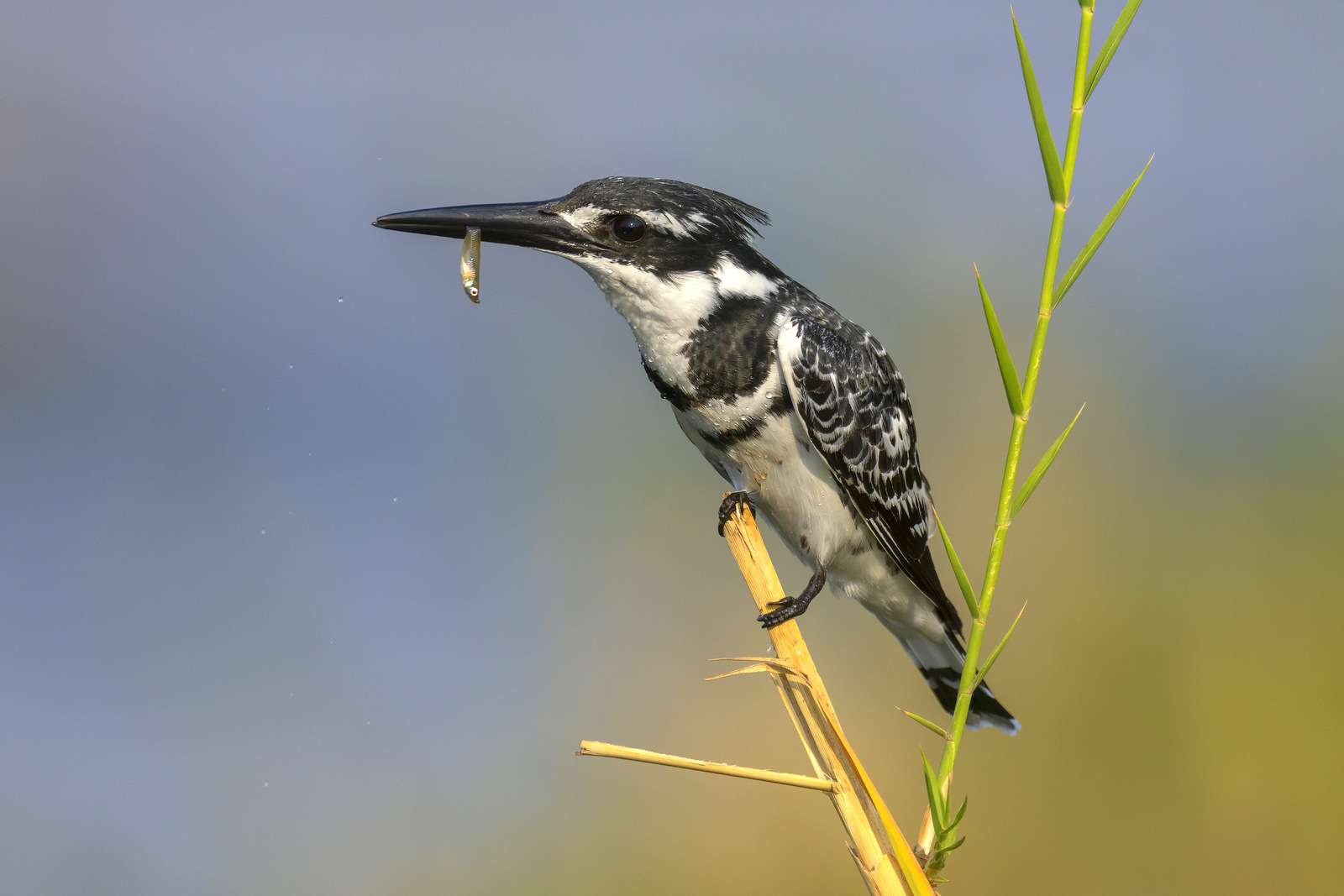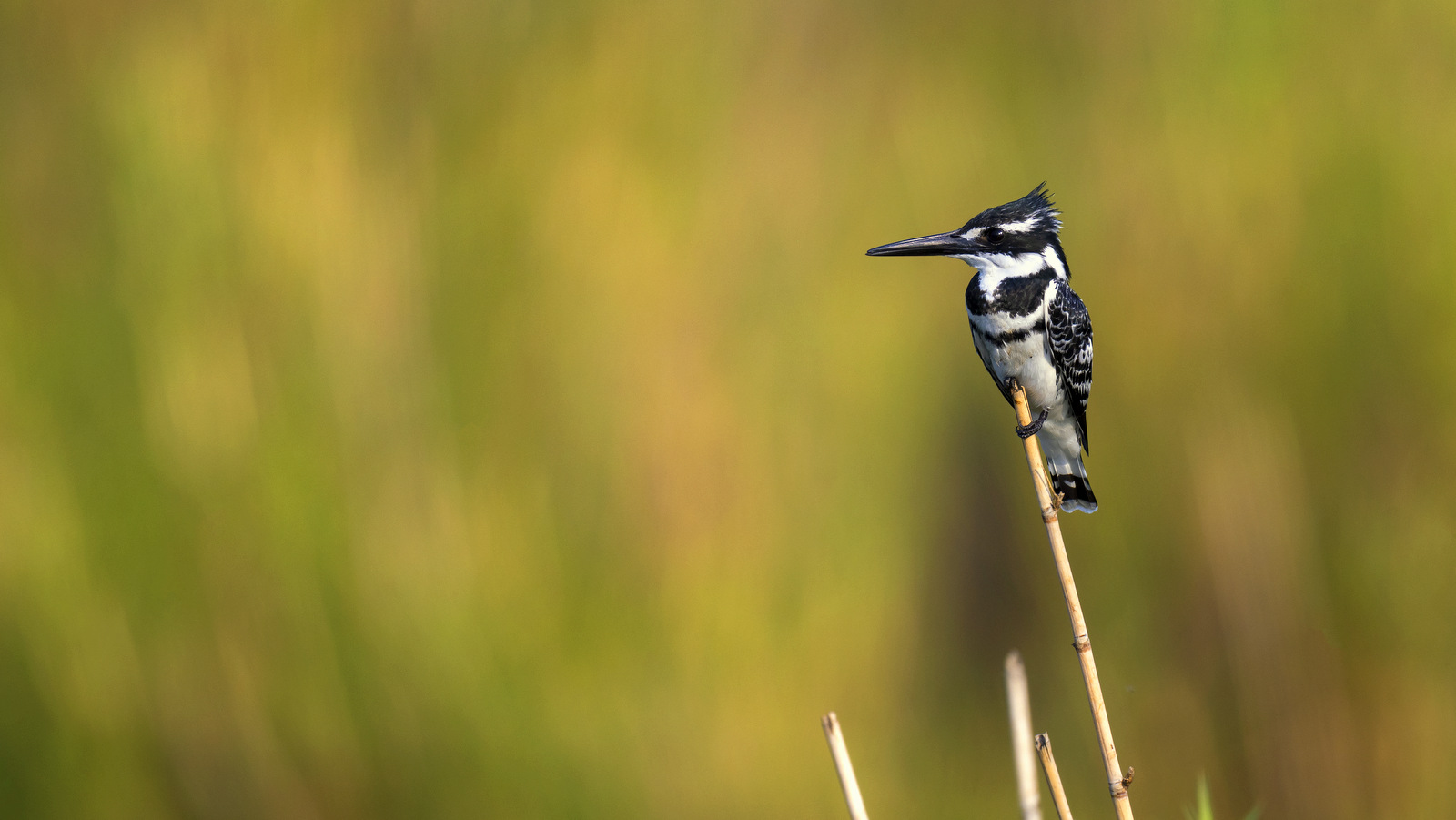31
Shot of the Month – January 2020
I find it impossible to look at this image and not smile and shake my head in amazement. How does mother nature come up these incredible combinations of sizes, shapes and colors? This particular combination gives us the glorious Toco Toucan (TT). I photographed this fine chap in the Pantanal in Brazil. It is pretty obvious to see why Mr. TT is one of the world’s most popular birds.
I was first introduced to TTs as a child as the mascot for my favorite cereal, Froot Loops (hey, this is a judgement-free zone!), was based on this bird. Toucan Sam became the cereal’s mascot in 1963, hence he is just slightly older than me, and for some reason he had an English accent.
Toucans have been used to sell stuff for quite awhile – they were recommending Guinness Beer back in 1935. In Brazil they get political as they hawk the Social Democratic Party (see what I did there?). In popular culture, Senor Tucan provided Dora the Explorer occasional advice. In the world of Pokemon you can find Toucannon who is likewise crafted after Mr. TT.
On a more etheral plane TT’s can be found on many South American tribal totem poles as an incarnation to fly to the spiritual world. The ancient Aztecs believed that the Toucan’s beak was created from rainbows as a reward for being the messenger of the gods. Nice.
Yes, let’s talk a bit about that glorious beak. But, before we dive in, a quick reminder:
Bill = Beak. Although many people refer to beaks as pointed bills, like what raptors have, in modern ornithology (the science of studying birds) there is no recognized difference in the terms. Beak, bill, all the same. Just saying…
Size
Typically 1/3rd of the total length of a Toco Toucan is all beak. The beak is 8 inches long while the total length of the bird is about 25 inches. Although the beak looks heavy it is actually very light as it is mostly hollow and is made up of a honeycomb of keratin (the same protein that makes up fingernails and horn). The TT is the largest of the 40 species of toucans in the world, but even with that large beak it only weighs less than 2 pounds!! Birds are light!!
Function
So why the massive beak? Scientists are not sure but there are many theories. Many people assume it 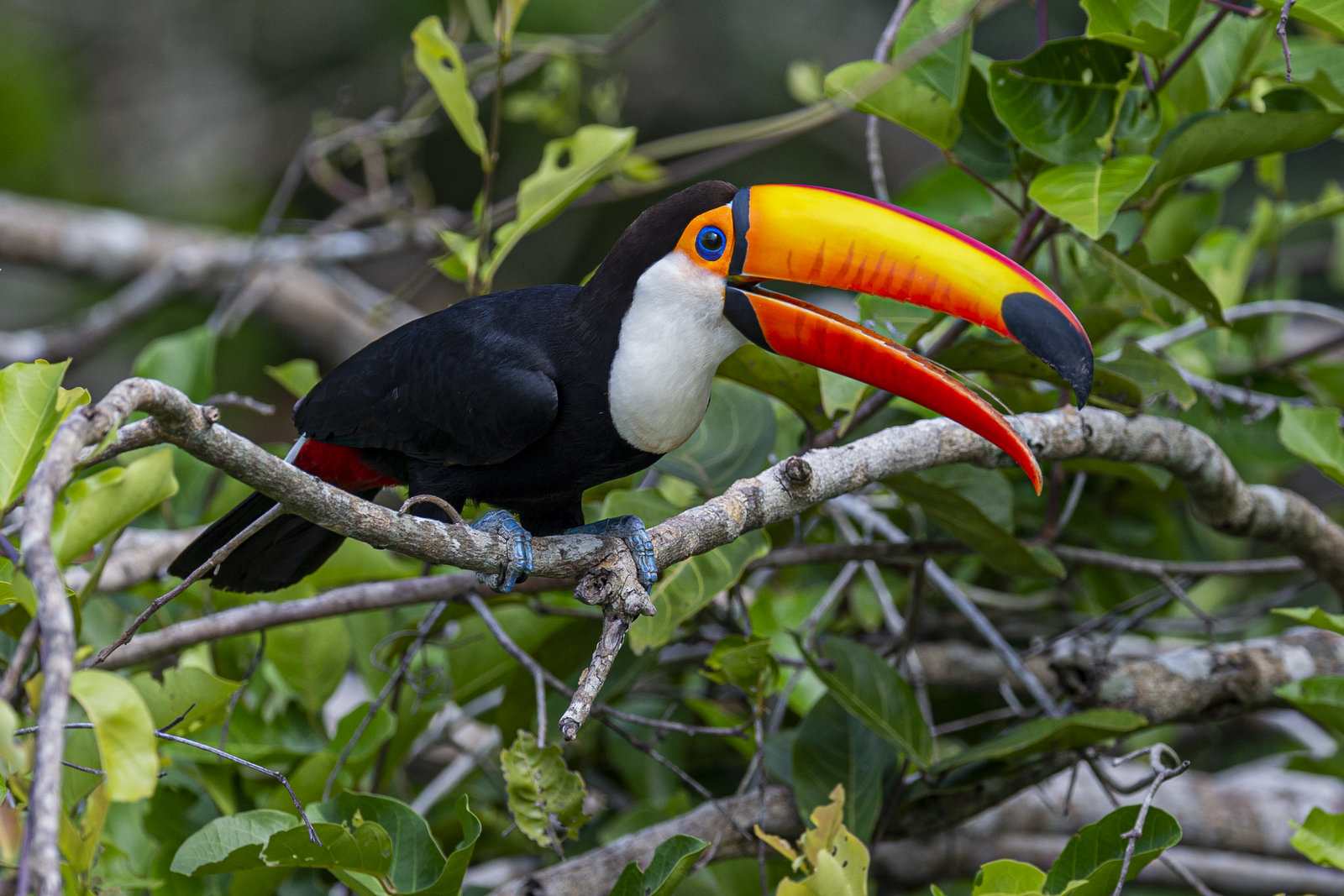 plays a role in attracting a mate, though no evidence has been found yet to support that idea. It does seem however that the bill is an effective tool for regulating the bird’s body heat. Toco Toucans are found in the tropical forests, savannas, and shrublands of South America. Living in such hot, humid climates where evaporation is slow, it can be difficult for an animal to cool off. The TT’s bill represents 30-50% of the bird’s body surface area making it the largest bill relative to body size of all birds. If the TT gets too hot he can direct more blood to pass through the beak and depending on conditions it can dissipate 25% to 4x the heat produced by the bird’s body! That is incredibly efficient and effective. For comparison, elephants use the massive surface area of their big ears to regulate body heat in the same way but they can only shed about 10% of the heat that their body produces.
plays a role in attracting a mate, though no evidence has been found yet to support that idea. It does seem however that the bill is an effective tool for regulating the bird’s body heat. Toco Toucans are found in the tropical forests, savannas, and shrublands of South America. Living in such hot, humid climates where evaporation is slow, it can be difficult for an animal to cool off. The TT’s bill represents 30-50% of the bird’s body surface area making it the largest bill relative to body size of all birds. If the TT gets too hot he can direct more blood to pass through the beak and depending on conditions it can dissipate 25% to 4x the heat produced by the bird’s body! That is incredibly efficient and effective. For comparison, elephants use the massive surface area of their big ears to regulate body heat in the same way but they can only shed about 10% of the heat that their body produces.
The big bill is also useful for feeding. The TT eats primarily fruit and that long bill allows the bird to reach distant fruit that may otherwise be too far away. Fruit on a branch that is too small to support the bird’s weight? No problem, just leeeean over and snatch it with that uber long bill. The long bill also allows the bird to sit in one place and still reach a lot of fruit – not having to move around as much saves energy. Speaking of fruit, did you notice that the beak is serrated? You can really see the notched edges of the bill in the upper image. The serrations allow the bird to peel fruit. Although these birds primarily eat figs, oranges, guavas and other fruit the long beak is also useful for catching insects and for reaching into tree cavities to catch young birds and eggs — a vital source of protein.
Ahhh, the Toco Toucan — a bird of the tropics with that Technicolor, swiss-army knife of a beak made from rainbows that acts as tool, knife, radiator and portal to other realms.
Cool bird.
Until next month…..m
Nikon D4s, Nikon 600 mm, f/4, 1/1000 sec, ISO 200
Source

